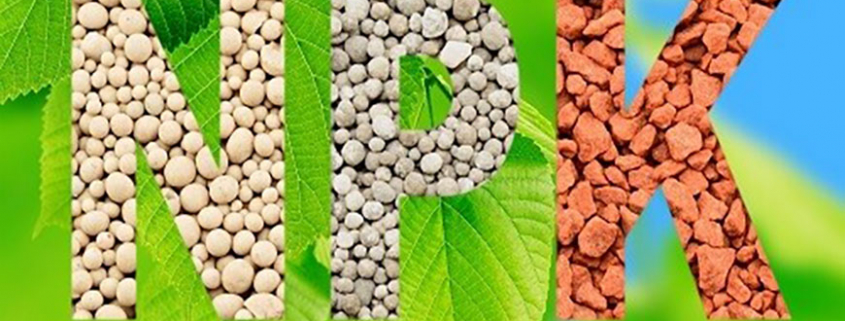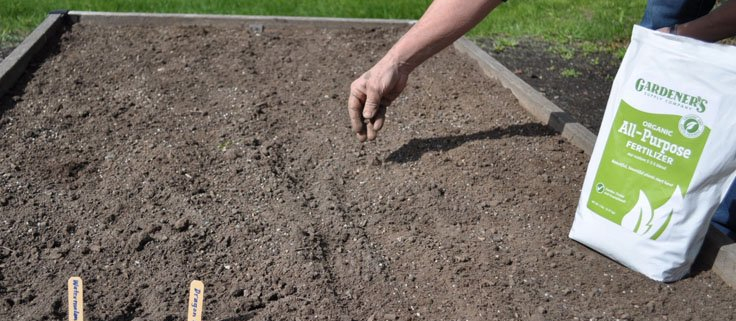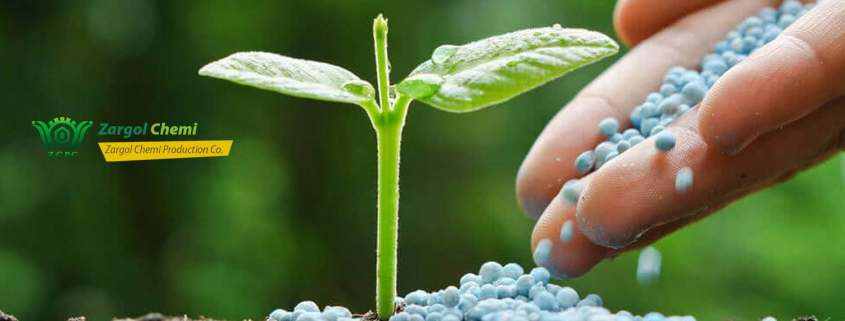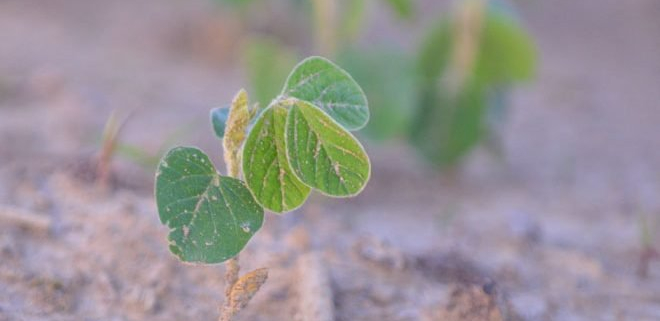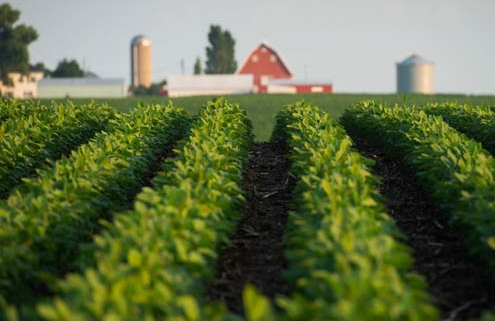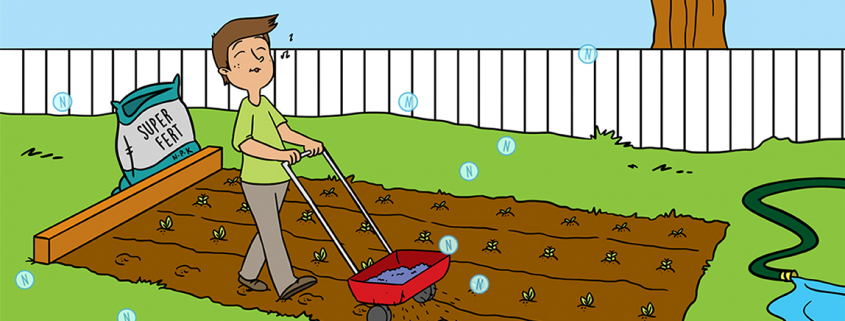Standing in the fertilizer aisle of a garden or farm store, you are faced with a dizzying array of fertilizer options, many with a series of three numbers like 10-10-10, 20-20-20, 10-8-10 or many other combinations of numbers. You may be asking yourself, “What do the numbers on fertilizer mean?”. These are NPK values, which […]
According to the Gallup Gardening Survey, less than half of the country’s home gardeners use any kind of fertilizer on their lawns or gardens. What’s unfortunate about this statistic is that it means gardeners aren’t getting as many flowers or as much produce as they should. And they’re probably struggling with disease and insect problems […]
When crops are harvested, important nutrients are removed from the soil, because they follow the crop and end up at the dinner table. If the soil is not replenished with nutrients through fertilizing, crop yields will deteriorate over time. Careful analyzing and fertilizing of crops enables a chain that provides humans with nutritional food: The […]
Each year soybean cyst nematodes rob millions of dollars of income from soybean farmers due to lost yield. To add insult to injury, the impact to the crop cannot typically be seen until harvest. It is likely that above ground SNC stress symptoms may never be noticed. The best way to minimize SCN impact is […]
Farmers are re-evaluating their fertilizer application due to high fertilizer prices. Farmers who regularly applied fertilizer may not need as much or any additional fertilizer if their soil tests are optimal; especially for lime, phosphorus (P), and potassium (K). Most agricultural clay-based soils have around a ton of P and perhaps 40 tons of soil […]
The application of too much fertilizer not only affects the environment we live in, it also damages the plants we are trying to maintain. Heavy fertilizer applications may lead to nitrogen leaching into ground water and phosphorus washing into surface water. Excess fertilizers, when washed into lakes and ponds, may result in algae blooms. These […]

